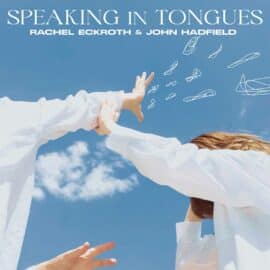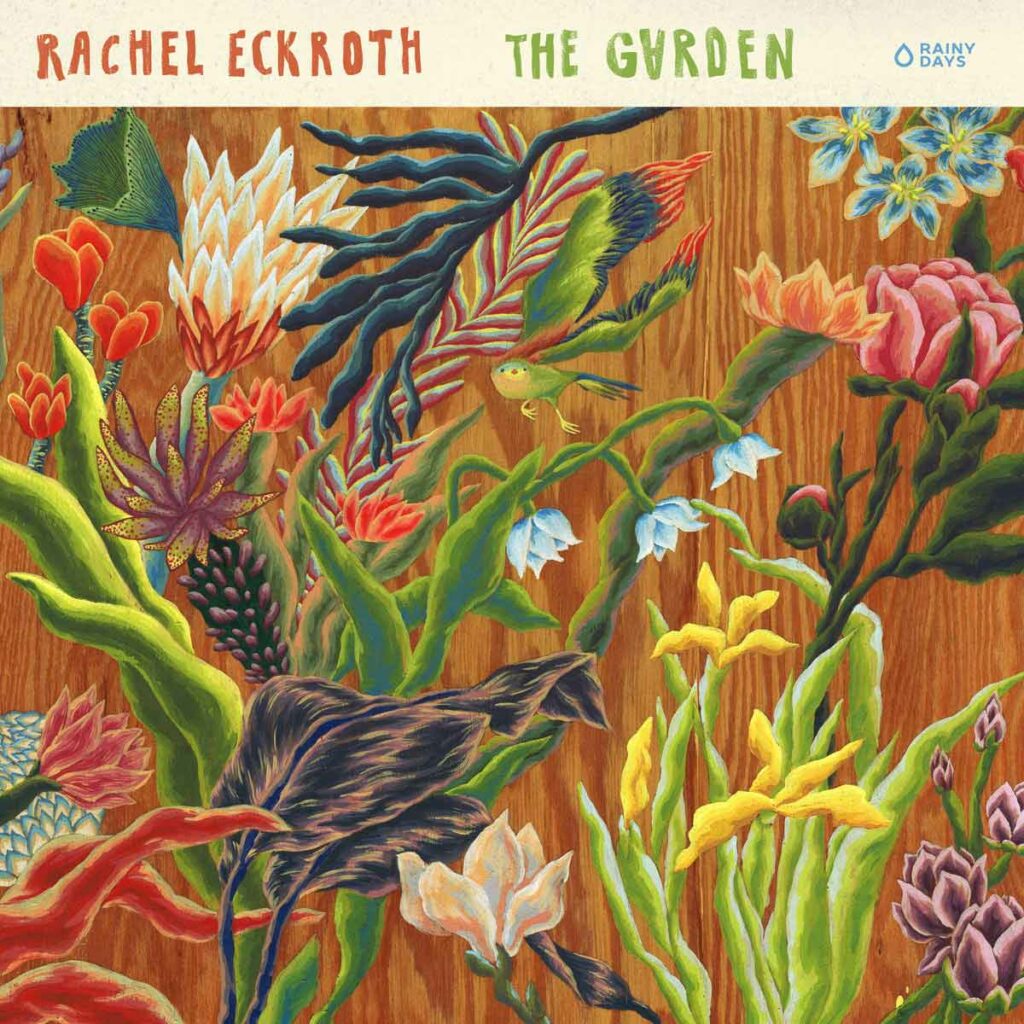| Jazz |

If I frequently speak of my dear friend, the saxophonist and composer Céline Bonacina, it is because, from my perspective, she stands as one of the most significant musicians in contemporary jazz. She is a constant source of inspiration, tirelessly experimenting with sounds and rhythms for years. Moreover, she possesses the rare gift of surrounding herself with the most extraordinary talents, whether it be the double bassist Chris Jennings, the guitarist Nguyên Lê, or, as was the case on her latest album Jump, the exceptional musicians Rachel Eckroth and John Hadfield.
On this album, Chris Jennings once again took up the double bass, and suffice it to say that, although Céline Bonacina has released numerous albums of remarkable quality, this particular one took everyone by surprise due to the profoundly significant and enriching contributions of Rachel Eckroth and John Hadfield.
To my great shame, I had never before heard of these two artists. So when I saw the release of Speaking in Tongues featuring them both, I felt compelled to reach out to the label in hopes of obtaining Rachel Eckroth’s previous album, The Garden, in order to gain a broader understanding of this remarkable keyboardist and composer. The Garden, released in 2021, is a deeply musical and experimental work, intended for an educated audience capable of grasping its intricate essence. I listened once, then twice, then three, four times, and only then did I fully understand what had drawn Céline Bonacina to work with these musicians. Like Céline, Rachel is enthralled by rhythms and atmospheres, by voices; she is an artist of the highest demands. The same applies to John Hadfield, as will become evident when I delve into Speaking in Tongues. Vocally, Rachel Eckroth possesses a subtle resemblance to Suzanne Vega, a quality that is far from displeasing, and her compositions on this album are a succession of profoundly intellectual experiments that I can only admire. As an instrumentalist, she is as impressive as Céline Bonacina.
On Jump, beyond Rachel’s dazzling performance, John Hadfield also left an indelible mark. I distinctly remember my initial listen, exclaiming, “What a drummer!”—utterly breathtaking. What struck me was that, while many excellent drummers are superb accompanists, Hadfield had an unparalleled understanding of Céline Bonacina’s music. Together, with Chris Jennings and Rachel Eckroth, this trio propelled Céline Bonacina to the pinnacle of her artistry.
Thus, for me, the arrival of Speaking in Tongues felt like the crowning jewel atop an already magnificent edifice. I allowed myself to be utterly consumed by its musical propositions. To me, art is something I revere—whether in literature with Paul Auster, Marguerite Yourcenar, Mishima, and so many others; in music, where the list would be endless, from Alfred Deller/Purcell to Weather Report, Céline Bonacina, and countless more; in visual arts, from Dalí to Olivier de Cayron to Giacometti. When I encounter an album of this caliber, I emerge from the experience nearly in tears. Speaking in Tongues is a radical, intellectual, urban album, pushing the boundaries of musical exploration to their very limits, offering moments of sheer beauty that breathe new life into jazz and inscribe its name for the future. A touch of repetitive music, a hint of world music, a whisper of jazz, a brush of pop—it matters little. What matters is that it is grand, it is magnificent, and I could speak of it for hours.
Conceived as a piano-percussion project, the album transcends the traditional duo format, producing a sound that is expansive and complex, enriched by the diverse instrumentation of Eckroth and Hadfield. Beyond her Steinway grand piano, Eckroth employs a Wurlitzer 200a, a Vintage Vibes Electric Piano, various synthesizers, the famed Mellotron M4000D, and the Moog Subsequent 25. Hadfield, in turn, broadens his sonic palette with an array of percussive instruments, including crotales, a kalimba, Burmese bells, Morfbeats Gamelan Strips, as well as the OP-1, a Roland TR-808 drum machine, a Patterning Drum Machine, and Ableton Live. This multi-layered approach bestows the album with a rich, immersive sonic texture, far surpassing the mere sum of its parts.
The album’s title draws inspiration from glossolalia—the unintelligible speech often associated with religious rituals. The project’s initial spark came from STAGED, a solo exhibition by pianist-composer-artist Jason Moran, which explored the intersections of music and language, questioning the notions of intelligibility and communication while examining the links between jazz, art, and social history. Upon visiting this exhibition at a gallery in Brooklyn, Eckroth purchased a vinyl record from the shop. On her preferred side of the record, she noticed a small image of Jesus. “The music on that side felt more ethereal and free, and it inspired The Jesus Side,” she explains. “From there, the concept evolved into a broader reflection on belief throughout history, on the multifaceted nature of religion.”
Hailing from Missouri, Hadfield adds, “It’s a form of religion deeply rooted in the Bible Belt.” The album’s title track, which he composed, began as a rhythmic puzzle around which a bassline gradually emerged. “I loved the offset and unpredictable feel it created,” he says. “When Rachel and I discussed the album’s concept, that rhythmic sensation reminded me of people speaking in tongues, which led to the title choice. I was also drawn to the idea of an unknown language—one even incomprehensible to the speaker. It was more the mystery of the divine that inspired me musically rather than any specific religious reference.”
Regardless of the subject matter, all art stems from a meditation on a theme, with the works themselves emerging as the tangible propositions of the artists who engage with it. Here, the choice of thematic elements harkens back to historical preoccupations in Europe—religion and astrology. Let us not forget that astrology was condemned by the Council of Laodicea in 381, then again by the Council of Toledo in 560, and so forth. Even in 2017, the French Catholic journal La Croix was still pondering the question: Can one be a Christian and believe in astrology?
As Cohen summarizes in his notes, “The unifying themes of the album—mythology, religion, and astronomy—are, according to Eckroth, forces that guide decisions in life. Comparing music to religion, she notes that both contain an element of the inexplicable.” For Hadfield, music occupies a central spiritual role. Through this quest for the ethereal, Eckroth and Hadfield have forged a bold, unorthodox sonic space—at once mesmerizing, intellectually stimulating, and profoundly captivating.
If music moves you as deeply as reflections on profound subjects so masterfully treated by these two artists—whom I now hold in the utmost esteem—you will undoubtedly agree that this album deserves to be enshrined among our Indispensables.
Thierry De Clemensat
USA correspondent – Paris-Move and ABS magazine
Editor in chief Bayou Blue Radio, Bayou Blue News
PARIS-MOVE, February 15th 2025
Follow PARIS-MOVE on X
::::::::::::::::::::::


